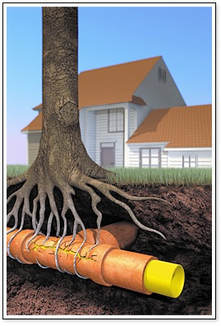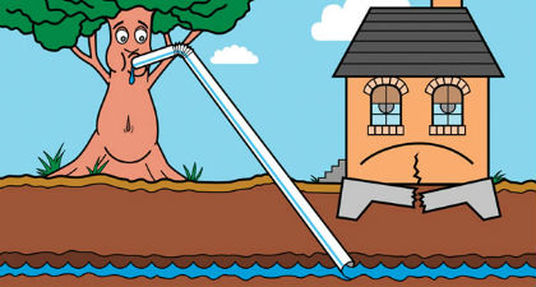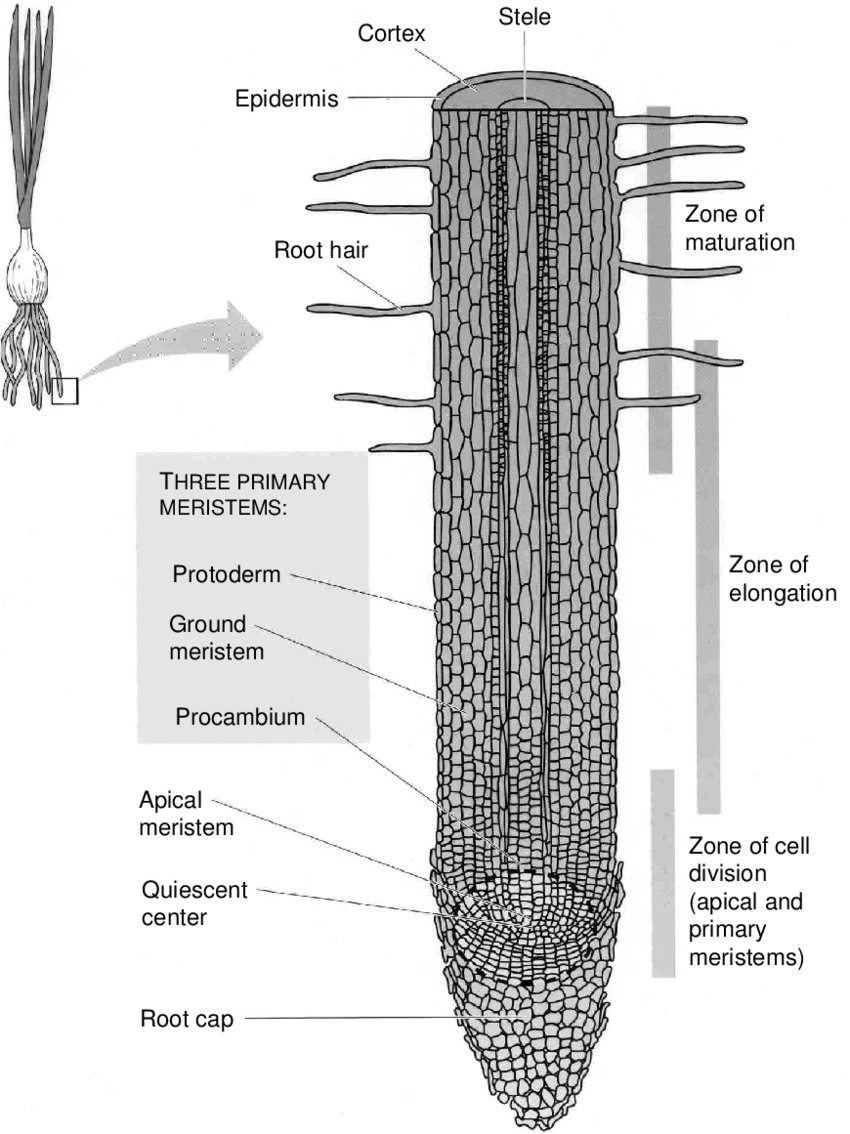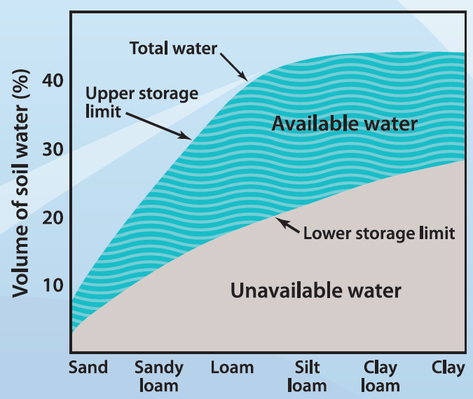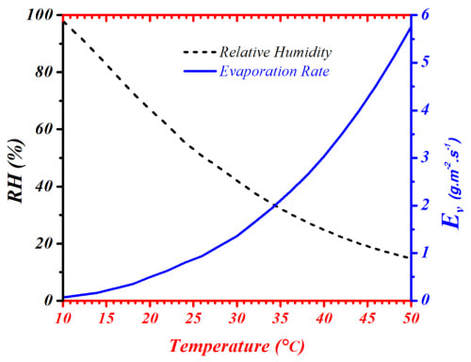Nature’s Push Against Constructed Infrastructure
INTRODUCTION
|
Figure 1: Illustration of roots cracking water pipes (19)
Figure 2: Illustration of tree sucking water out form under a house ()
|
Do tree roots really have the strength to crack and break constructed infrastructure? The major misconception that tree roots are the cause for the cracking of home foundations, sidewalks, and underground sewer lines has been talked about time and time again by pedestrians walking along broken sidewalks or even walking into their basements and seeing tree roots growing through their foundation. The assumption is that the tree root pushes on the infrastructure and causes the foundation to crack (7). This assumption leads many to the action of cutting the tree down to solve the problem (7). Mostly anything which is buried underground can potentially run into the overlaying issue of roots. In similar cases there have been other forms of infrastructure that have been disrupted by tree roots. For instance, sewer lines are another form of infrastructure that are compromised from having trees in your neighborhood.
Again, the common assumption is that tree roots can crush and break through metal pipes (9). There are many instances where trees have seemed to become a problem when interacting with infrastructure. Tree roots grow slow but can still cause major damage to underground plumbing. These issues cause major problems which cost thousands of dollars to repair (10) The majority of these accusations about tree roots have been surrounding two forms of infrastructure building foundations. Sewer lines tend to be the most expensive to replace or have repaired. However, there has been scientific research demonstrating the impact tree roots have on infrastructure. |
TREE BIOLOGY
|
Figure 3: Shows tree root expansion compared to tree canopy (16)
|
When looking at the structures of tree root systems the major aspect to know is that the tree roots spread horizontally, reaching much farther than the crown or width of the tree canopy as shown in Figure 3. Also, it is important to know the four main attributes roots provide for a tree. These are 1. anchorage, 2. absorption, 3. storage of reserve foods, and 4. Synthesis of certain growth hormones. The root structure and how they work is another important aspect. The root systems of trees consist of large perennial roots and many small roots that branch off of the large roots. The larger perennial roots take up most of the biomass of a root system but do not grow laterally very far. The smaller branch roots are the roots in which extend farther away from the tree and make up the majority or the root length. (6)
|
|
Figure 4: Breakdown of a root (17)
|
ROOT DEPTH
The root depth of trees varies along species and the climate in which the tree is placed. The majority of the roots of a tree are found in the top 18 inches of the soil, for most trees 50 percent of the roots are in the top 6 inches of the soil due to the abundance of water and nutrients available (11). With this being said the tree roots are more likely to grow outward in search for nutrients and water rather than downward. (6)
ROOT GROWTH
To understand roots we need to know how they grow. It all starts with the seed. The seed of a tree contains a root meristem in the embryo which is essentially the trees first tap root. Studies show that hormones play an important role in the growth of roots. The major hormones are auxin, which stimulates cell division, ethylene, and cytokinins.
There are also major four regions of a root. The first region is the root cap, this is a mass grouping of cells at the tip of the root. Right behind the root cap is the growing point of the root, auxin triggers cell reproduction as it does this some cells are moved to the root cap to replace the old ones. However, the majority of the cells are moved into the region of elongation. In this region the cells increase in size adding growth to the root. (6) Knowing the way roots grow is beneficial to understand the impact they have on infrastructure. (6) |
SOIL
|
Figure 5: Water holding capability chart (15)
Figure 6: Humidity compared to evaporation chart (14)
|
SHRINK AND SWELL OF SOIL
The fact that trees take up water from the soil poses the question, “Do trees have a large enough impact to affect the swelling and shrinking of soils?”. The soil water holding capacity changes depending on the soil texture as shown in Figure 5. The amount of water need for a tree to survive is dependent upon the size of the tree. Large shade trees can transpire as much as 200 gallons of water a day (12). Transpiration is a method the tree enacts to release water into the air as vapor (6). With that being said there are factors other than trees that play into the shrinking and swelling of soil. On a hot summer day the moisture in the soil is going to evaporate into the air as water vapor, this causes the soil to shrink. The type of soil in which the tree is planted determines the amount of available water for the tree to uptake. The amount of moisture in the soil is also determined by the air humidity and temperature. Looking at Figure 6 you can see the correlation between the humidity and the evaporation rate. With all of these factors fluctuating at once the soil is on a continuous cycle of shrinking and swelling.
TREE DEVELOPMENT
However, the spread of the roots has a direct correlation with the type of soil the tree is planted in. Trees growing in sand can potentially grow roots three times as far as the tree’s canopy. This is partially due to the job of the roots to absorb moisture and minerals from the soil, so the roots will keep growing in search for these essential products needed for growth. Being that these trees are planted in sand the nutrients and water is limited due to the large pore size in the sand which allows for water and minerals to pass through at a faster rate. If a tree is planted in a loam soil the roots will tend to not grow as far as in sand due to the soils ability to retain the essential nutrients to grow. (6)
|
THE ROOT OF THE PROBLEM
|
Figure 7: Tree roots pushing against a building foundation (13)
To break down the discussion we will look at three categories. The first being the effect of soils and soil textures have on constructed infrastructure. Looking at Figure 5, we can see that sand soils have the least amount of water in general. This is because the particle size of sand is large allowing the water to easily run through. Sand tends to not shrink or swell as much because of this. As we move to the right on the graph the amount of available water and unavailable water starts to increase. Clay particles are very small and tightly compact allowing them to hold more water (6).This allows for the opportunity for the clay to shrink and swell depending on the amount water in the soil. This being said if you place a foundation of a home on clay soil the more likely it is to move or shift because of the amount of water held in the clay. The silt loam soil and the loam soil tend to have the most available water and a good ratio between unavailable and available. However, these two soil types still shrink and swell. These also have more water available to the vegetation that may be placed in it. Over time the shrinking and swelling of soil will cause a foundation or a sewer pipe to shit or break. These breaks could be ever so slight. However, once the soil under a foundation shifts this is when cracks start to appear.
|
Trees play a role in this process as well. The fact that trees uptake water from their roots means they are ever so slightly shrinking the soil. However, if a tree is placed in a clay soil the amount of available water for that tree to uptake is low because the particle is so small and tightly packed it holds most of the water. When this happens the tree roots will search for the best fit conditions for the tree to survive. This is where the small crack in a sewage pipe or a foundation is key. The root will start to grow into those cracks in search of that perfect condition to survive. Once it does that the root then exploits that crack.
CONCLUSION
Based on the tree biology and the understanding of soil shrinking and swelling. It is hard to pin the cracking and breaking of constructed infrastructure on one particular component. It takes all the components that were addressed and also others to cause the failure of infrastructure. The shrinking and swelling of the soil causes the flaws and the cracks which tree then exploits, some ways larger than others. However, tree roots do not push through constructed infrastructure by themselves as shown in Figure 7 therefore full blame cannot be placed on the tree roots themselves.
|
REFERENCES:
- A Critical Analysis of the Role of Trees in Damage to Low Rise Buildings. Lawson, M. O’Callaghan, D. March 1995, Arboricultural Journal, Vol. 21, pp. 90-97.
- Tree Root Damage to Buildings-An Arboriculturist’s Experience. Biddle, P G. 1979, Aboricultural Journal, Vol. 3, pp. 397.
- Soil movement in the UK-Impacts on critical infrastructure. Pritchard, O. Hallett, S. Farewell, T. 2013, Infrastructure Transitions Research Consortium- Cranfield University, pp. 6-56
- A review of tree root conflicts with sidewalks, curbs, and roads. Randrup, T.B. McPherson, E.G. Constello, L.R. 2001, Urban Ecosystems, Vol.5, pp. 209-225.
- Trees, soil moisture and foundation movements. Navarro, V. Candal, M. Yustres, A. Sanchez, J. Alonso, J. June, 2007, Computers and Geotechnics, Vol. 36, pp. 810-818.
- Physiology of woody plants. S. Pallardy . 2008, Elservier, 3rd ed.
- Garden Answers Knowledgebase. University of Washington Botanic Gardens. 2018, Elisabeth C. Miller Library. https://depts.washington.edu/hortlib/resources/wp-resource_search.php?term=889. Accessed Nov. 28, 2018
- When Trees Attack: How Tree Roots Damage Your Foundation. Edens Structural Solutions. [Online] https://edensstructural.com/when-trees-attack-how-tree-roots-damage-your-foundation/. Accessed Nov. 28, 2018
- Trees That Can Be Planted Over Water Pipes. Ryczkowski, A. 2018, SFGate. [Online] https://homeguides.sfgate.com/trees-can-planted-over-water-pipes-28358.html
- The Dangers of Tree Roots for Plumbing. Electric Rooter: Drain and Sewers. 2015.[Online] https://electricdrain.com/dangers-tree-roots-plumbing/#. Accessed Nov. 28, 2018
- Roots In Depth. Natural Resource Ecology and Management. ISU Forestry Extension. [Online] https://www.extension.iastate.edu/forestry/tree_biology/roots.html. Accessed Nov. 28, 2018
- Trees, Foundations, and Soils. Arborilogical Services. 2017, Arborilogical Services,Inc. [Online] https://www.arborilogical.com/articles/all-articles/article-repository/2017/february/trees-foundations-and-soils/. Accessed Nov. 28, 2018
- Calgary Home Inspections Foundation Cracks. Home Crafters: Home Inspection Services. [Online] http://www.homecrafters.net/calgary-home-inspections-foundation-cracks/. Accessed Nov. 28, 2018
- Smart Textile Plasmonic Fiber Dew Sensors. Esmaeilzadeh, H. Rivard, M. Arzi, E. Legare, F. 2015. Opt.Express 23, pp.14981-14992.
- Water Availability. Fact Sheets: Water Availability. [Online] http://soilquality.org.au/factsheets/water-availability. Accessed Nov. 28, 2018
- Proper Mulching. Tree Fredericksburg. 2008. [Online] https://treefredericksburg.org/?page_id=93. Accessed Nov. 28, 2018
- Figure 5. Theies, J. 2006. [Online] https://www.researchgate.net/figure/Main-tissues-and-regions-of-activity-in-an-onion-root-tip-source_fig1_279398426. Accessed Nov. 28, 2018
- Facility Management: How to Protect Apartment Building Foundations form Thirsty Tree Roots. Blackwell, T. 2012. Property Management Insider. [Online] https://www.propertymanagementinsider.com/facility-management-how-to-protect-apartment-building-foundations-from-thirsty-tree-roots. Accessed Nov. 28, 2018
- Plumbing, Drains and Pipes FAQs. StreamLine Drains and Pipes. [Online] https://www.streamlinepipes.com.au/blocked-drains/pipe-plumbing.html. Accessed Nov. 28, 2018
Authored By: Ian Mertlik
11/29/18
NRES 301 - Tree Biology
11/29/18
NRES 301 - Tree Biology
